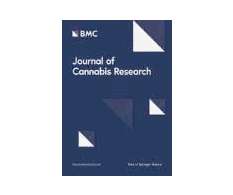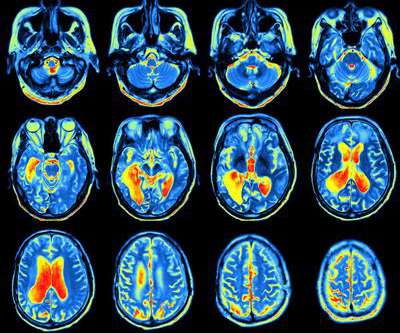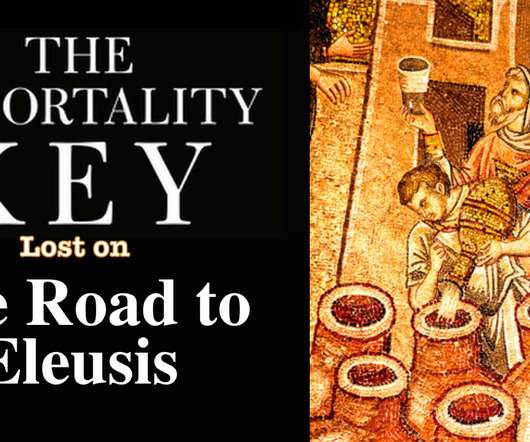The Endocannabinoid System-History, Health and Why We Feel High
Puff Puff Post
SEPTEMBER 24, 2019
The History and Science of Cannabis. By April 2015, 23 American states had legalized the use of cannabis for medical purposes only. The cannabis plant consists of two basic species, Cannabis Sativa and Cannabis Indica. Sativas on the other hand have emerged from Eastern Asia, and generally cause uplifting effects.














Let's personalize your content